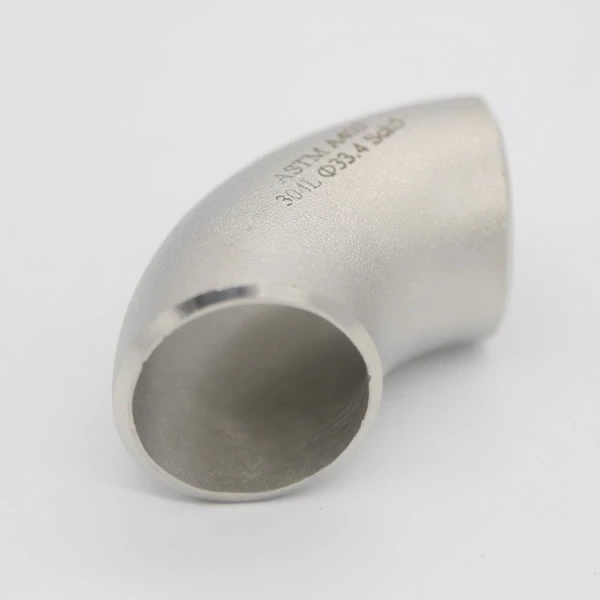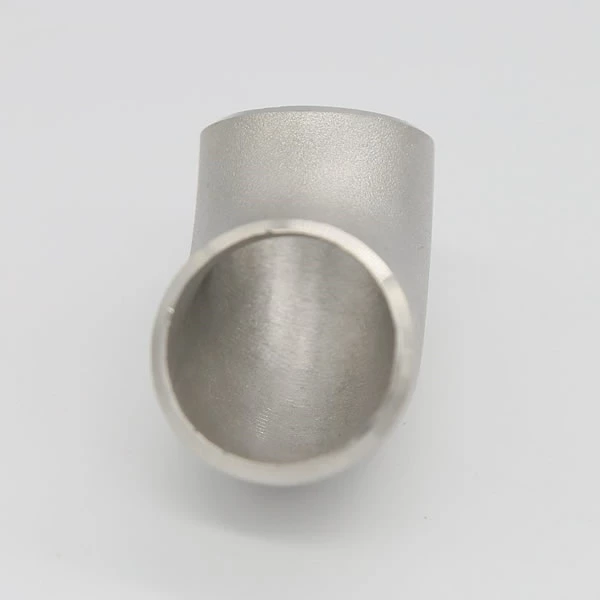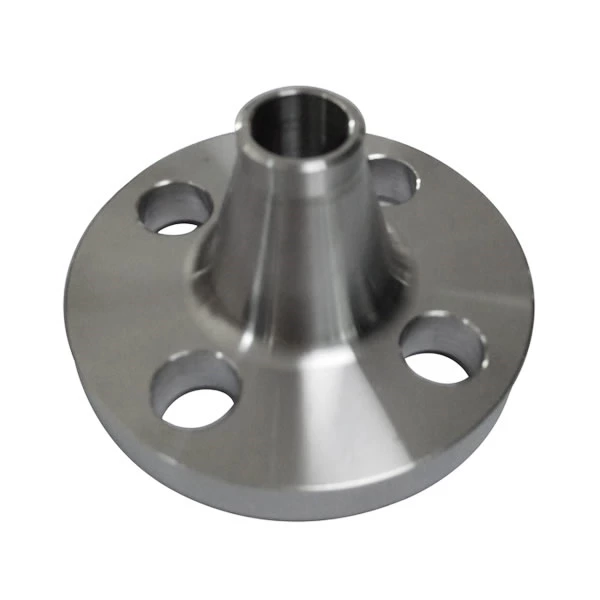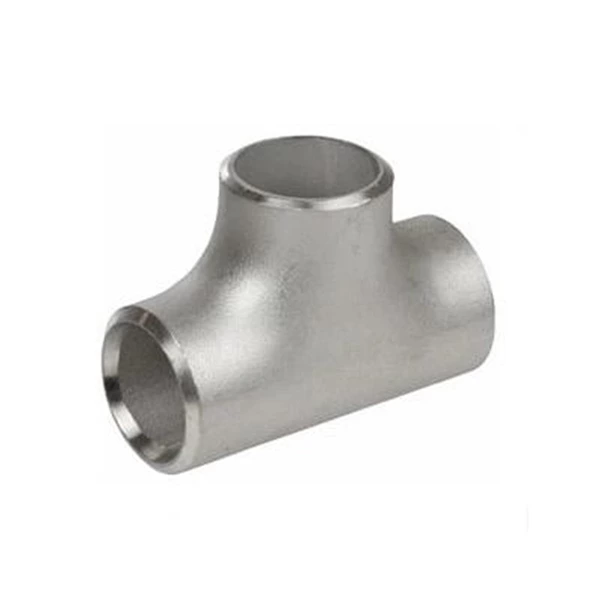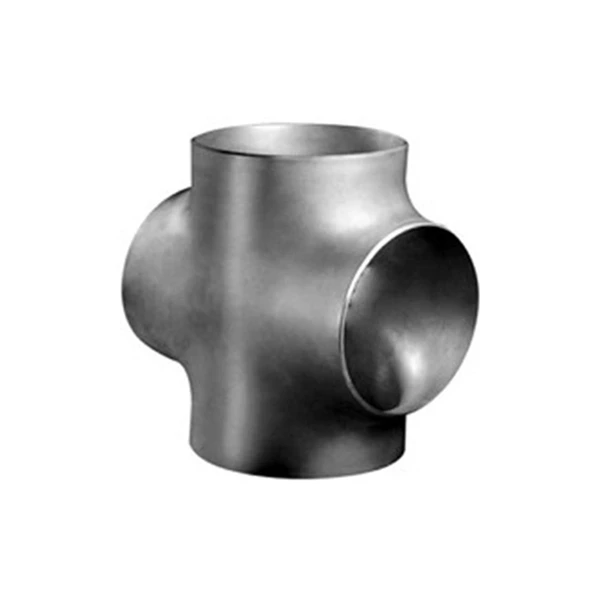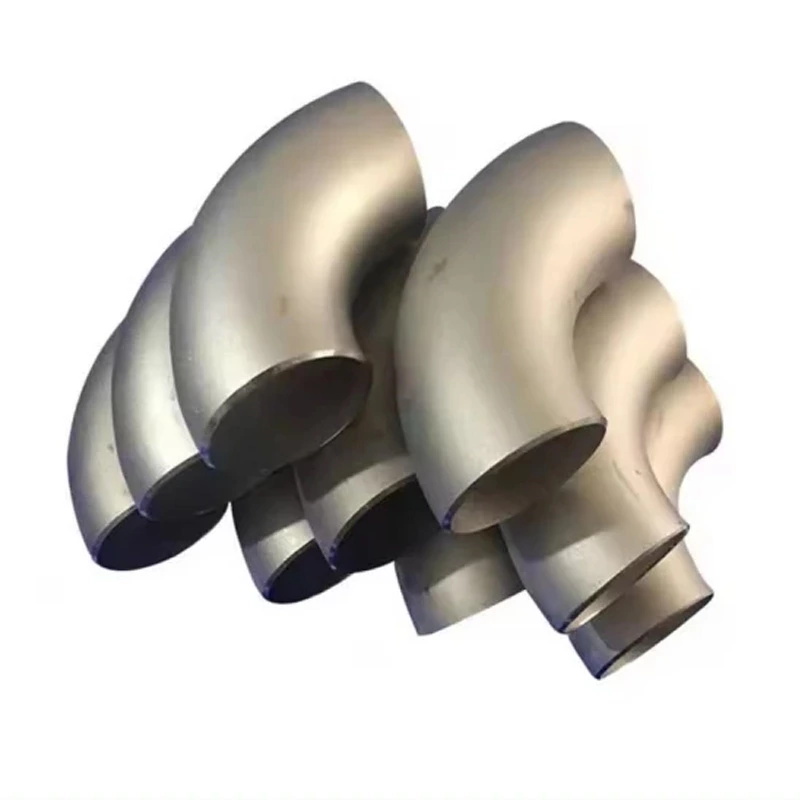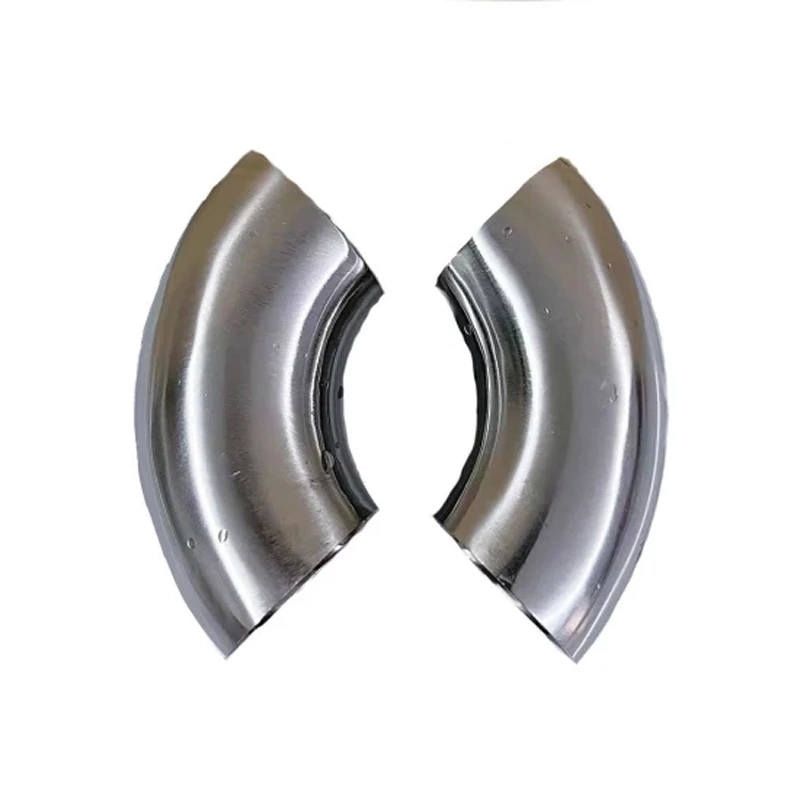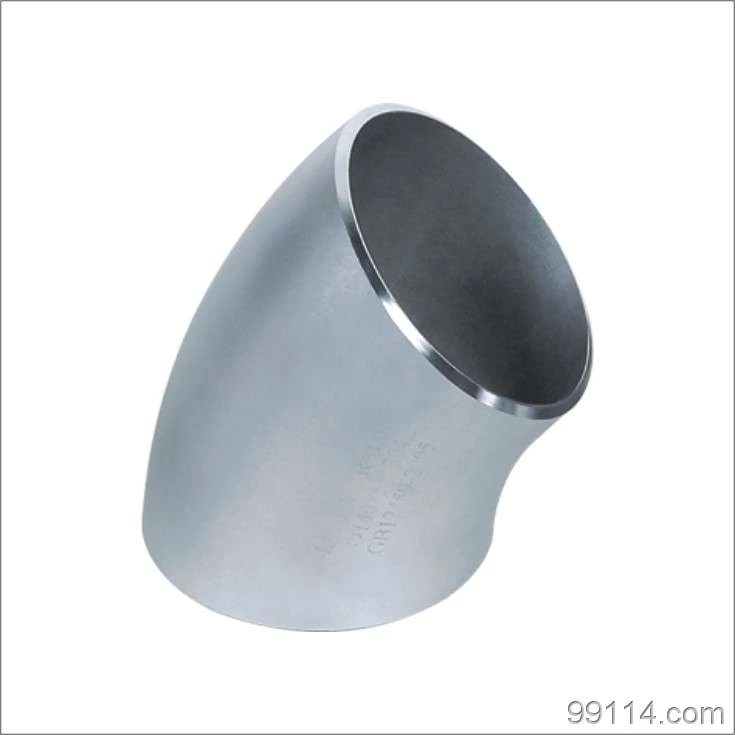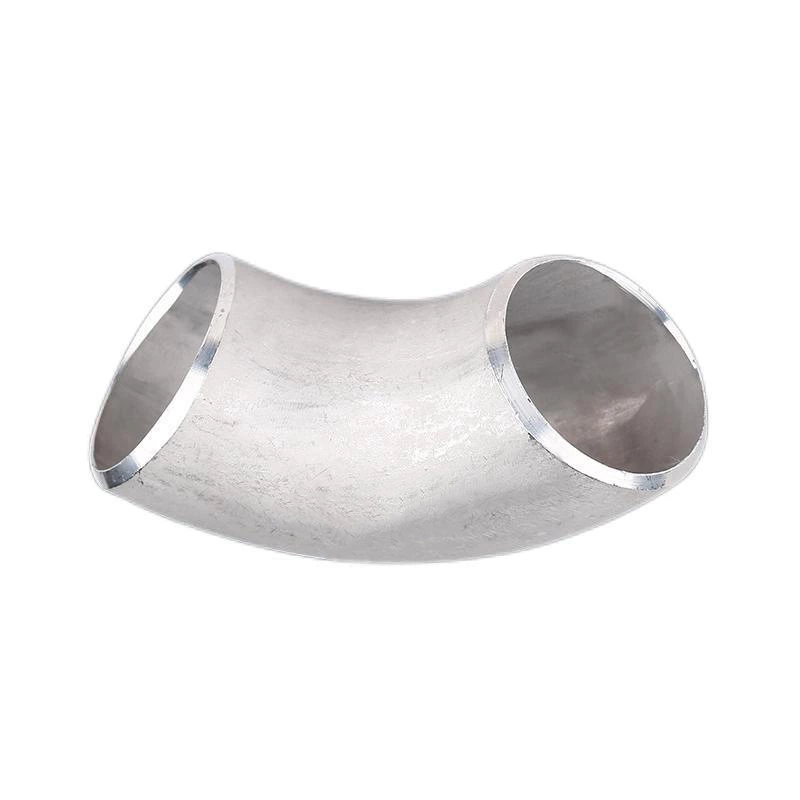Common Manufacturing Processes And Processing Methods For Stainless Steel Pipe Fittings
Stainless Steel Weld Elbow The thin and solid oxide film on the surface makes stainless steel have excellent corrosion resistance in all water qualities, and it has excellent performance even when buried underground. Therefore, it is suitable for all kinds of water qualities. In addition to cleaning, there is no need to control the water quality. At the same time, there is no corrosion and excessive seepage, which can maintain the clean water quality, eliminate secondary pollution, and withstand high water flow impacts of up to 30 meters per second.
Stainless steel pipe fittings, especially tees, elbows and reducers, are increasingly used in the construction of pipeline projects. This is mainly due to its good forming, fearlessness of pressure, and simple welding form to determine the pressure bearing capacity of the pipeline. Therefore, in process pipeline engineering, especially in high-temperature, high-pressure and flammable and explosive pipelines such as petrochemicals, the correct use of pipe fittings and the quality of the pipe fittings themselves directly play a pivotal role. For this reason, in the process of pipeline design and installation, especially in the high-temperature, high-pressure and flammable and explosive pipeline projects in the petrochemical industry, whether from design selection or processing and manufacturing, to each link of construction, installation and inspection, the personnel of the design, manufacturing and installation units must strictly control and determine the quality of their selection, materials, manufacturing, installation and inspection, otherwise it will cause immeasurable losses during the construction and production of the device.
The manufacturing process of stainless steel elbows has the following advantages:
1. No pipe blank is required as raw material, which can save the cost of pipe making equipment and molds, and can be any large diameter and relatively thin wall carbon steel elbow.
2. Stainless steel elbows are suitable for pipeline systems in industries such as petroleum, gas, chemical, hydropower, construction and boilers.
3. The blank of stainless steel elbows is a flat plate or a developable curved surface, so the cutting is simple, the accuracy is easy to determine, and the assembly and welding are convenient.
Although stainless steel elbows are made of stainless steel materials, they should still be careful not to put them together with corrosive substances during their maintenance to prevent the protective layer of steel from being damaged. In the pipeline system, the elbow is a pipe fitting that changes the direction of the pipeline. According to the angle, there are three commonly used elbows: 45°, 90°, and 180°. In addition, there are other non-normal angle elbows such as 60° according to the needs of the project. The materials of the elbow include cast iron, stainless steel, alloy steel, forgeable cast iron, carbon steel, non-ferrous metals and plastics. The methods of connecting with the pipe include: direct welding (common method) flange connection, hot melt connection, electric fusion connection, threaded connection and socket connection.
Let's talk about the processing methods of stainless steel elbows:
1. Stamping method for processing, the taper mandrel can be expanded to the desired standard size and shape on the punch.
2. Forging method: Punch and stretch part of the pipeline, which has the advantage of reducing the outer diameter.
3. The roller method is to put a mandrel in the stainless steel pipe, and the outside can use a roller to push and press the round edge.
The processing of stainless steel elbows uses seamless titanium tubes as billets. The billets with a diameter smaller than the finished product diameter are pushed and extruded on a push extruder. The forming die is fixed on the main machine and does not move. There is a movable thrust to push the billet from the right to the left. The billet is heated and protected in the forming die. The billet is expanded during the forming process. The force analysis during the forming process shows that the force magnitudes of different parts are different, but they are all compressed in two directions and tensile in one direction, that is, axial compression, radial compression, and circumferential tension. During the entire deformation process, the diameter gradually increases, bends, and the length shortens, while the thickness remains basically unchanged. The experimental results of the network method confirm that the deformation of stainless steel elbows during forming mainly occurs in the lower part. A uniform grid is drawn on the billet. During the forming process, it can be observed that the square grid does not change much when the back of the elbow is formed. The more serious the deformation is in the abdomen, the more the grid is elongated in the circumferential direction and compressed in the axial direction, while the total area of the grid remains unchanged, indicating that there is no obvious change in the thickness direction.
Stainless steel elbow forging is a processing method that uses forging machinery to apply pressure to metal billets to cause them to undergo plastic deformation in order to obtain forgings with good mechanical properties, shape and size. Forging is a commonly used forming method in machinery manufacturing. Forging can loosen the cast metal and weld holes, and the mechanical properties of forgings are generally better than those of castings of the same material. For important parts in machinery with high loads and severe working conditions, forgings are mostly used, except for simpler shapes that can be made of rolled plates, profiles or welded parts.
